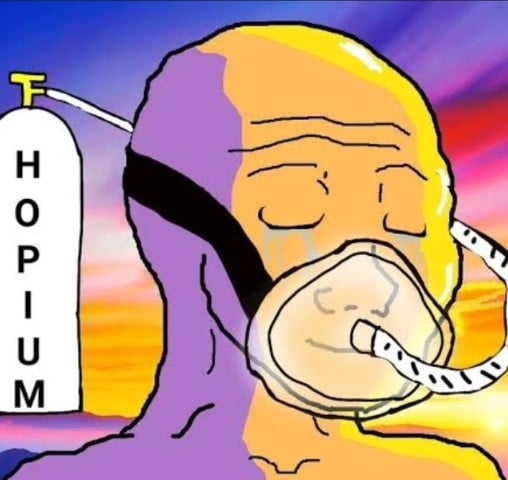Imaginal discs sounds so cool.
First, the caterpillar digests itself, releasing enzymes to dissolve all of its tissues. If you were to cut open a cocoon or chrysalis at just the right time, caterpillar soup would ooze out. But the contents of the pupa are not entirely an amorphous mess. Certain highly organized groups of cells known as imaginal discs survive the digestive process. Before hatching, when a caterpillar is still developing inside its egg, it grows an imaginal disc for each of the adult body parts it will need as a mature butterfly or moth—discs for its eyes, for its wings, its legs and so on. In some species, these imaginal discs remain dormant throughout the caterpillar’s life; in other species, the discs begin to take the shape of adult body parts even before the caterpillar forms a chrysalis or cocoon. Some caterpillars walk around with tiny rudimentary wings tucked inside their bodies, though you would never know it by looking at them.
What really blows my mind is they retain memories from their caterpillar stage, even after dissolving into goo.
https://www.newscientist.com/article/dn13412-butterflies-remember-caterpillar-experiences/
This plays right into my escapism, but the science isn’t there yet 🧠🤖 .
Well, that and the cost and social issues… but please somebody point me in the direction of some scientists (not owned by a technocrat) who want a test subject for physical brain preservation.
EDIT: meta, this community seems to not allow setting a comment as English (language not allowed)
I’m not bed rotting, I’m marinating.
Or one could think of the butterfly as a parasite-like other entity that’s always present within the caterpillar and ultimately devours it from inside. The caterpillar doesn’t become a butterfly, it just dies, having fulfilled its life purpose.
The butterfly has the memories of the caterpillar, though, so that’s not how it works.
Yes, I remember the Radio Lab about this. I believe they released a foul scent then shocked the caterpillars and they would flee the scent after becoming butterflies, whereas control subjects did not flee the scent after metamorphosis.
Wouldn’t that test be inconclusive if the memories are being transfered via the goo
Well, the surprising part is that the structures don’t change incrementally but are dissolved completely and reformed. But yes, the memories are transferred via the goo somehow.
Step one, become the goo.
Parasites can have memory too.




